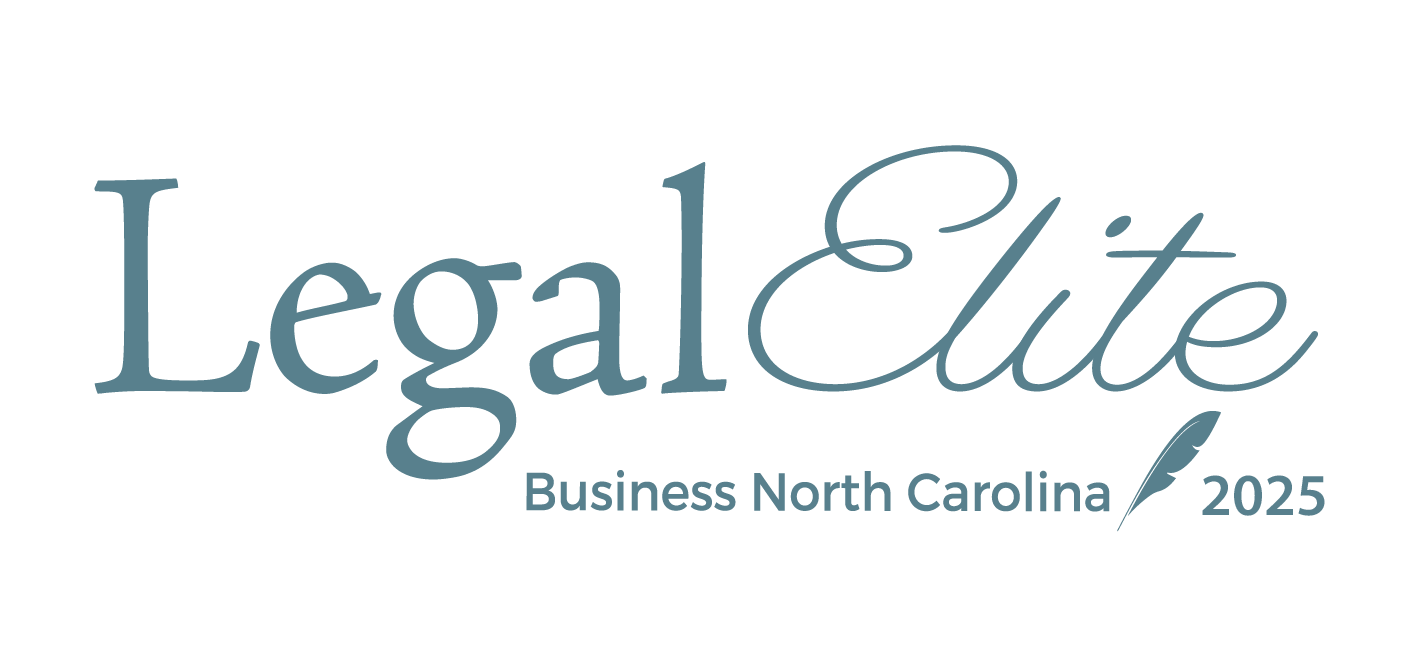In In re Price, the United States Bankruptcy Court for the Eastern District of North Carolina recently explored the difference between a “true” lease of personal property and “disguised” financing. Creditors should take heed of this decision because the title of your documents will not be dispositive and how courts characterize your arrangement with your debtor will impact your rights and remedies in bankruptcy.
In Price, Peak Leasing had leased trailers to Sidney Price. For each trailer, Price executed a document titled “Lease Agreement” that used “lessor,” “lessee,” and “lease” throughout the document. Each Lease Agreement required weekly payments and contained a lease term. Each Lease Agreement also contained a “Purchase Option” where Price could purchase the equipment at the end of the lease term for $1.00.
Price defaulted under the agreements and then he and his wife filed a Chapter 13 bankruptcy petition. Peak Leasing sought relief from the automatic stay to repossess their trailers. The issue was whether the agreements were leases or security agreements and whether Peak Leasing was a lessor or a secured creditor.
The Bankruptcy Code distinguishes between a true lease and a secured transaction. With a true lease, the creditor owns the personal property—it is not part of the debtor’s estate—and, as a result, the lessor/creditor has greater rights than a secured creditor. In Chapter 13, the debtor must assume or reject an unexpired “true” lease of personal property. To assume an unexpired lease in default at the time of bankruptcy, the debtor must cure the default, compensate the lessor for losses caused by the default, and provide adequate assurance of future performance under the lease.
The debtor can cure the pre-petition true lease default over time through the plan. But the debtor must pay the lessor timely and directly for all post-petition lease payments. With a true lease, the value of the personal property is irrelevant and the debtor cannot modify the lease terms.
With a secured transaction, however, the debtor owns the personal property and it is part of the estate. The value of the collateral is paramount. A creditor is allowed a secured claim in bankruptcy up to the collateral’s value, with the balance treated as an unsecured claim. A Chapter 13 plan can modify the rights of holders of most secured claims, and may bifurcate a creditor’s claims into secured and unsecured amounts. The debtor need not make immediate, post-petition payments or take immediate steps to cure the pre-petition default.
Consider the ramifications in Price. The debtors owed Peak Leasing over $132,000. The debtors alleged the trailers were only worth $40,000. If Peak Leasing and the debtors were parties to a true lease, the debtors would have to pay the full $132,000 under the lease terms. But if this was a secured financing transaction, and the trailers were worth $40,000, the debtors could modify the repayment terms. The debtors also could move $92,000 of the debt into the pool of general unsecured claims, where creditors receive pennies on the dollar.
If the title of an agreement doesn’t control, how does the court classify the arrangement? Courts, including the court in Price, apply the Uniform Commercial Code “Bright-Line” Test, which provides:
A transaction in the form of a lease creates a security interest if the consideration that the lessee is to pay the lessor for the right to possession and use of the goods is an obligation for the term of the lease and is not subject to termination by the lessee, and:
(1) The original term of the lease is equal to or greater than the remaining economic life of the goods;
(2) The lessee is bound to renew the lease for the remaining economic life of the goods or is bound to become the owner of the goods;
(3) The lessee has an option to renew the lease for the remaining economic life of the goods for no additional consideration or for nominal additional consideration upon compliance with the lease agreement; or
(4) The lessee has an option to become the owner of the goods for no additional consideration or for nominal additional consideration upon compliance with the lease agreement.
The Bright-Line Test has two parts. The first part considers whether the lessee can terminate the agreement before expiration of the initial lease term. The second part looks at the “residual value factors” and focuses on whether the lessor retains any residual interest in the leased property.
Applying the Bright-Line Test, the court found that Price had no right to terminate the agreements. Under the agreements, he remained liable for the entire duration even if there was a default and repossession of the equipment. Additionally, the court found that the $1.00 purchase option met the fourth criteria. Accordingly, the court held that the Lease Agreements were disguised security agreements.
After Price, creditors can expect debtors to ask bankruptcy courts to re-characterize leases as financing agreements if it will be to their advantage. For creditors seeking to ensure that their leases are treated as “true” leases in bankruptcy, Ward and Smith can assist you with the proper structure of your deal and drafting of your agreements. We can also advise you on how to protect your interests preemptively should a bankruptcy court re-characterize your agreement with the debtor, and how best to advocate your position in bankruptcy.








